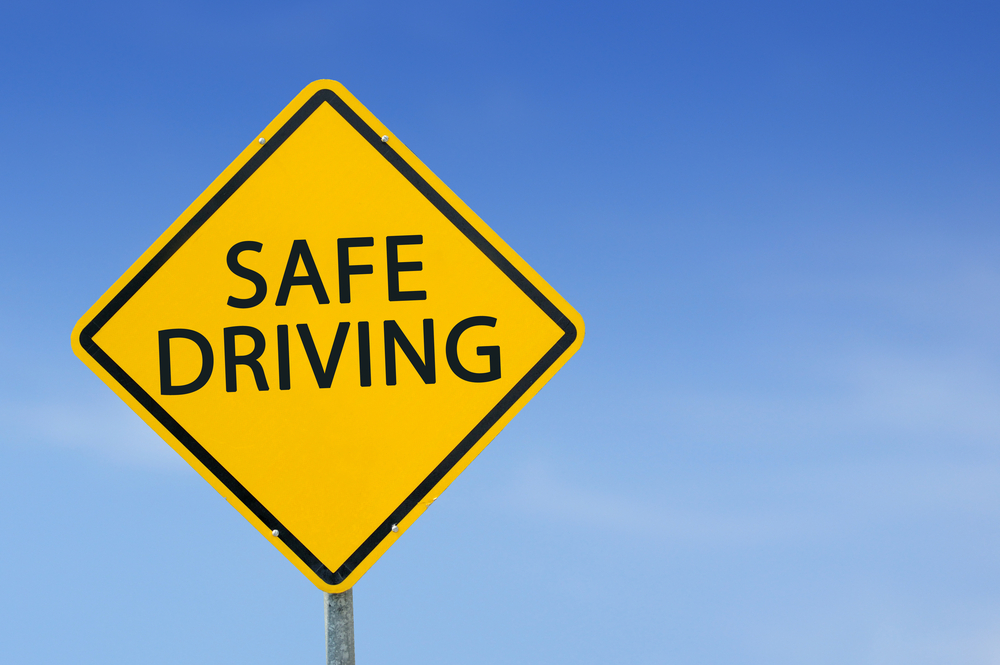Legal issues

DVLA Obligations
If you have type 1 diabetes, in the UK it’s your responsibility to tell the DVLA – the government organisation that handles licensing. You need to do this when you apply for your provisional licence, or as soon as you’re diagnosed, if this happens later. If you don’t, your licence isn’t valid – you will be driving illegally and breaking the law. If you’re caught, you could be fined and banned from holding a licence in future.
License Type
If you have type 1 diabetes, you won’t get a standard licence that needs to be renewed every ten years. Instead, you’ll get a three-year restricted licence. Unlike a standard licence, you won’t have to pay for your licence to be renewed but you will have to provide some medical information. You’ll be asked about your feet, to make sure you can use the pedals safely, and your eyes, to make sure you can see the road. Most importantly, you’ll be asked about your blood glucose control and particularly about any hypos you experience and what your warning symptoms are.
Hypos
The main reason for putting restrictions on driving licenses for people with type 1 diabetes is the risk of having a hypo while driving. If you have a severe hypo, you might become extremely confused or disorientated, or even lose consciousness, and you will need to rely on someone else to help you. If this happened while you were behind the wheel, it would be incredibly dangerous both for yourself and others.
The DVLA wants to be sure you can manage your hypos well and have adequate warning signs that mean you can treat yourself. The guidelines now state that you can have no more than one episode of severe hypoglycaemia, while awake – specifically, hypos that are bad enough that you need to be treated by someone else – in the preceding 12 months. You could lose your driving licence for a while until your blood glucose is under better control. Since the 1st of January 2018, this has applied to severe hypos that happen only while you’re awake. You may be able to get your licence back within three months of this happening but should be guided by the DVLA direct advice.
In February 2019, the DVLA updated their guidelines regarding Flash and Continuous Glucose Monitoring (CGM) devices. These can now be used to take glucose readings by insulin-dependent drivers. Previously drivers had to check their glucose levels with a finger-prick blood reading no more than two hours before driving and then again on a break after every two hours of driving. The DVLA has produced a really helpful guide for driving with insulin-treated diabetes, which includes this updated guidance.
What’s the difference between CGM and Flash Glucose Monitoring?
CGM monitors your sugar levels continuously and sends data to your display device (a handheld monitor or pump) so you can set alerts for high, low or rate of change. With flash glucose monitoring it’s only when you scan your sensor that you get your reading and trends. You can read more about CGM here and Flash Monitoring here.



Leave a Reply
You must be logged in to post a comment.